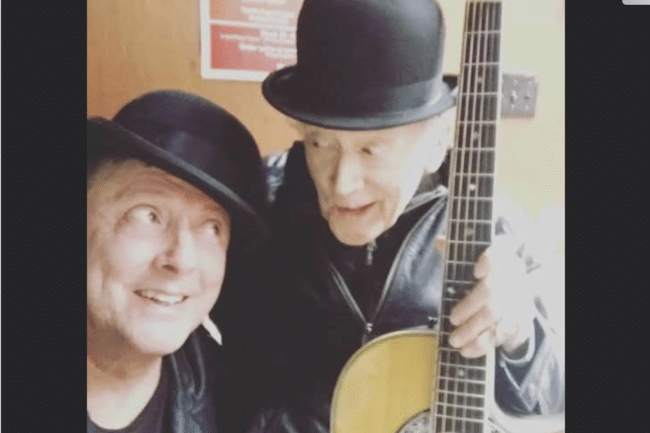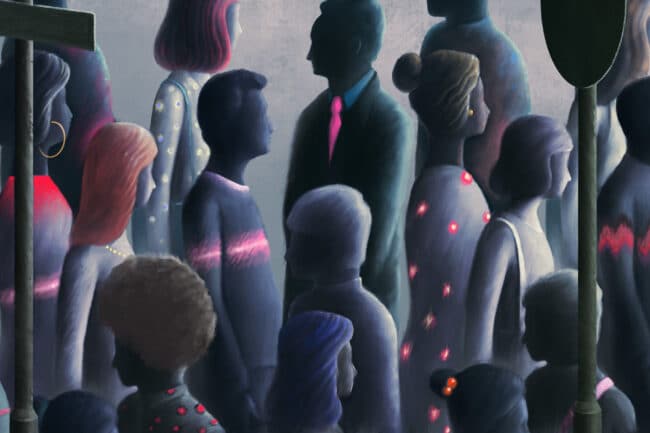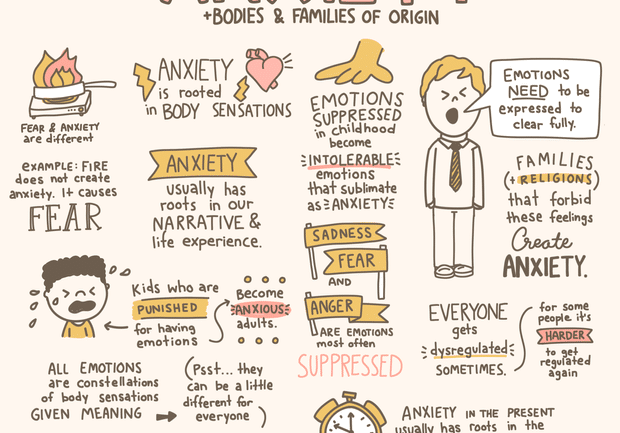The Accidental Grief Coach
Life coaches tend to focus on the positive and on the future, on where their clients want to go from here. Coaches may want to see a client through a career change, a nutritional goal, or a commitment to becoming a better girl- or boyfriend. For a variety of reasons, some therapists even re-train because they, too, want to be present- and future-directed in their work and to have shorter-term or more practical engagements with their clients.
Yet it’s hard right now only to be practical and future-oriented. Over the past two years in the U.S., hundreds of thousands of deaths have occurred that can either be attributed to COVID directly or as a secondary effect, i.e., because of strain on the healthcare system or people’s reluctance to get customary treatment during a surge. As a result, a huge portion of the population is grieving one or more losses of family members or close friends. And many, if not all, of coaches’ clients are grieving the loss of a job or a business, the ability to engage in unfettered social relations, the postponement of a lifecycle celebration, or their perception of life as it once was. As a coach, you can’t pretend these losses away.
As the their industry rebounds in 2022 from the pandemic, coaches now need to be prepared to be dealing with clients who are grieving. That is simply where clients are.
In this newsletter, we focus on two questions:
- Does the fact of so many people dealing with grief mean that the traditional forward-focus of the coach and client’s work together is delayed or held back until the grief can be “dealt with”?
- What does a life coach need to incorporate in order to work effectively with a client who is grieving?
Grief Actually Can Help the Goal- and Future-Focus of Coaching
Helping clients drop down into their childhood selves—the ones who played without inhibition, dreamt of a future without thinking of reasons why not, and were confident in their gifts—can hold the key to a future next step. Working with a client’s stories and memories can bring you the nugget of an image, a glimmer of a vision that can take you both forward.
Try relaxing some of your training or inclination toward forward movement and goal orientation to allow grieving to take place on its own schedule. You may have just the opportunity you need to find that kernel that gives the client that sense of propulsion and specificity for what comes next. Coming to a plan doesn’t necessarily erase the grief; rather, it allows their best life, in Lois Tonkin’s phrase, to “grow bigger around it.”
So elicit, with patience, the stories of the person’s relationship with the person who died, of the long-dreamt-of restaurant business that didn’t survive the pandemic, of the long-distance relationship that really had promise. Listen for and draw out the joys, the dreams, the visions, and the gifts. Stories about grief are stories about love—and love is your material for helping them set goals.
When the Life Coach Becomes a Grief Coach
The tools that will be most useful to you are those that involve LESS active doing! Keep in mind the things you already know:
That grief takes time to heal and does so on its own schedule and in its own way. If you can give up some of your goal orientation, you will be free of a battle that grief would win anyway!
That people have a hard time concentrating and remembering things when they’re grieving. Set goals appropriate for someone whose mind is not operating at its best and celebrate the small wins.
That social support helps! (Just drop us a note if you’d like to receive our “Creature Comforts Checklist” to help your client build social support among those closest to them.) You may not be accustomed to incorporating or getting to know the family and friends of your direct client. However, if they’re dealing with grief, possibly the best resource they have are the people who care about them, even if they are grieving, too.
In short, you don’t have to retrain entirely in order to support a life coaching client who’s grieving. Just begin by incorporating sensible tools while recognizing the gifts of grief, even for charting a client’s positive future.
THE HUMAN JOURNEY® provides professionals of many disciplines with skills to bring social support to life transitions. Consider hopping aboard the next “train”!
Related Posts

The Incredible Will to Sing
The will to make it to a loved one’s graduation or wedding, or to the birth of a new baby, somehow compels the body to obey the will. Stu Klitsner was going to sing at his only granddaughter’s wedding, come hell or high water.

The Chaplain’s Feet
Chaplains exercise their humanness with every patient or family member they meet. What are the parallels between the kind of presence chaplains bring in the spiritual realm and that of the dancer who sees her choreography and performance as a kind of chaplaincy?

Whacking a Gun
At the 2023 Parliament of the World’s Religions, blacksmiths from RAWTools demonstrated how they took guns that had been surrendered from a variety of sources and re-formed them into garden hand tools, making literal their mission and message of anti-violence. The organization takes literally the passage from the Book of Isaiah to “beat their swords into plowshares and their spears into pruning hooks.”

A Vaccine for Loneliness?
Public health has gotten bigger and bigger in recent decades. What was only thought of in the past as individual choices, like drug addiction, gun violence, or smoking crossed over to be thought of by many as social issues and, eventually, as matters of public health. With the Surgeon General’s report that came out in May, 2023, loneliness and isolation may assume their place alongside them as social epidemics.

Grief on the Comedy Stage
Is it in supremely bad taste, or potentially healing in a social setting, to use death and dying as material on the American comedy stage? The post-pandemic fad of comedy shows that deal with what have been taboo topics is currently walking that line.

If You’re a Pro, You Gotta Have a Pro
Lindsay Braman’s example can open your mind about what sorts of both joy and utility you can create, simply by letting your own gifts out of the closet and using them in your work, in recognizing that, if a therapist/doodler can connect two passions, so can you.

